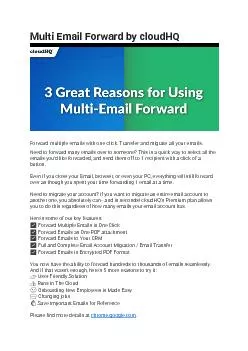PPT-Where are we and which way forward?
Author : syfarect | Published Date : 2020-06-29
Isabelle Ramdoo 12 November 2013 Helsinski Economic Partnership Agreements Setting the scene Some key facts Where are we now Some figures and the state of play
Presentation Embed Code
Download Presentation
Download Presentation The PPT/PDF document "Where are we and which way forward?" is the property of its rightful owner. Permission is granted to download and print the materials on this website for personal, non-commercial use only, and to display it on your personal computer provided you do not modify the materials and that you retain all copyright notices contained in the materials. By downloading content from our website, you accept the terms of this agreement.
Where are we and which way forward?: Transcript
Download Rules Of Document
"Where are we and which way forward?"The content belongs to its owner. You may download and print it for personal use, without modification, and keep all copyright notices. By downloading, you agree to these terms.
Related Documents

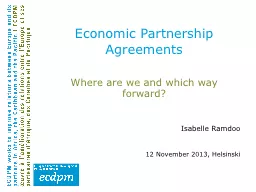
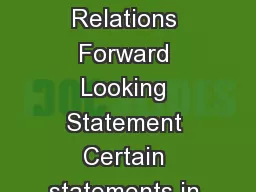
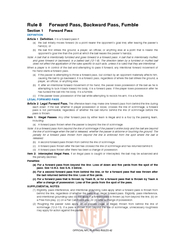
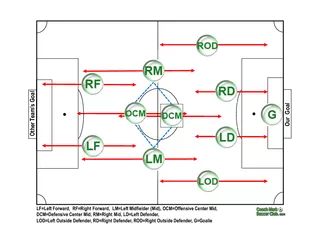

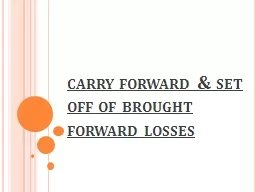
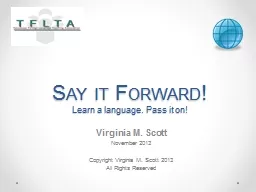
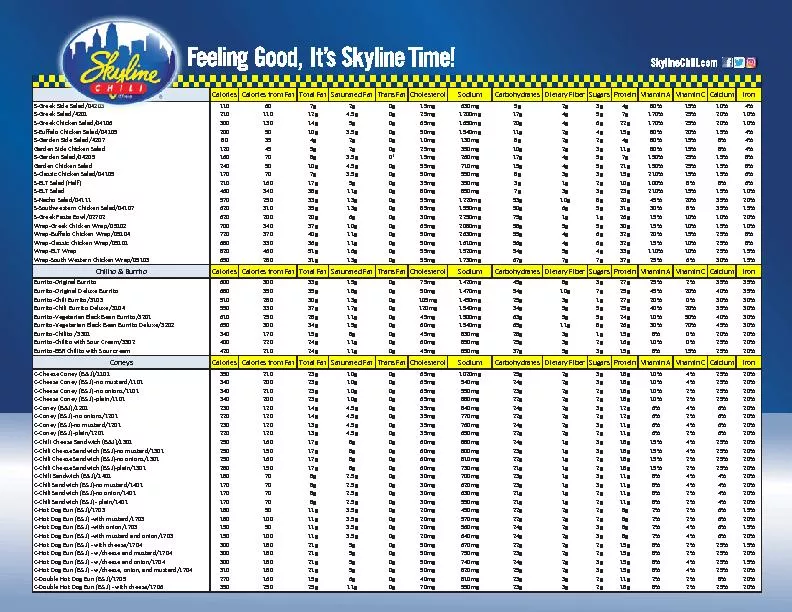
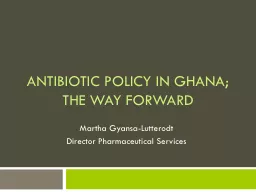



![[EBOOK] - The Fast Forward MBA in Project Management: The Comprehensive, Easy-to-Read](https://thumbs.docslides.com/906759/ebook-the-fast-forward-mba-in-project-management-the-comprehensive-easy-to-read-handbook-for-beginners-and-pros-fast-forward-61c1b2a39b2b7.jpg)
